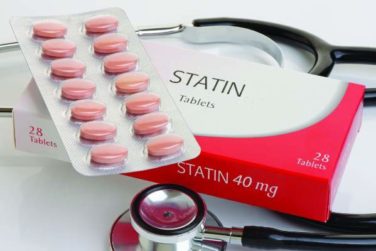FROM JAAD
Prescribing systemic antibiotics for acne remains a common clinical practice, despite recommendations to reduce antibiotic use, according to an extensive database review. The results were published in the Journal of the American Academy of Dermatology.
“Despite … recent recommendations regarding the importance of antibiotic stewardship and appropriate use of antibiotics in patients with acne, it is unclear whether there have been any significant changes in practice patterns,” wrote John S. Barbieri, MD, and his coauthors in the departments of dermatology, and biostatistics and epidemiology, at the University of Pennsylvania, Philadelphia ( J Am Acad Dermatol. 2017;77[3]:456-63 ).
To assess prescribing practices, the researchers reviewed data from the OptumInsight Clinformatics Data Mart, which included medical and pharmacy claims for approximately 12-14 million annual covered lives. The study population included 572,630 individuals with at least two acne claims who were aged 12-40 years at the start of treatment.
The number of courses of spironolactone prescribed for acne per 100 female patients treated by dermatologists increased by 291% during the study period, from 2.08 to 8.13. Among nondermatologists, the number of spironolactone courses prescribed per 100 female patients increased from 1.43 to 4.09 over the same period, a 186% increase.
Overall, the number of oral antibiotic courses increased from 26.24 to 27.08 per 100 patients among dermatologists, and from 19.99 to 22.48 per 100 patients among nondermatologists. The median length of treatment on oral antibiotics was 126 days for patients being treated by dermatologists and 129 days among patients treated by nondermatologists.
The use of spironolactone “remains relatively uncommon” compared with oral antibiotics, the researchers pointed out, noting that the 2013 data show that for every course of spironolactone, there were 2.8 courses of oral antibiotics prescribed by dermatologists and 4.6 courses prescribed by nondermatologists.
Other prescribing trends during the time period among dermatologists included a drop in the number of combined oral contraceptive courses per 100 female patients, from 34.31 to 30.74 (and an increase from 31.70 to 32.13 among nondermatologists); and a drop in the number of isotretinoin courses prescribed per 100 patients, from 5.43 to 5.35 (and a drop from 2.24 to1.45 among nondermatologists).
“Given the importance of judicious use of oral antibiotics to prevent potential complications, increasing the use of concomitant topical retinoids and additional work to identify those patients who would benefit most from alternative agents such as spironolactone, combined oral contraceptive pills, or isotretinoin represent potential opportunities to improve the care of patients with acne,” they concluded.
The findings were limited by several factors including the retrospective nature of the study and lack of data on combination therapy, severity of illness, and treatment outcomes, they said.
The researchers had no financial conflicts to disclose. There was no funding source.





